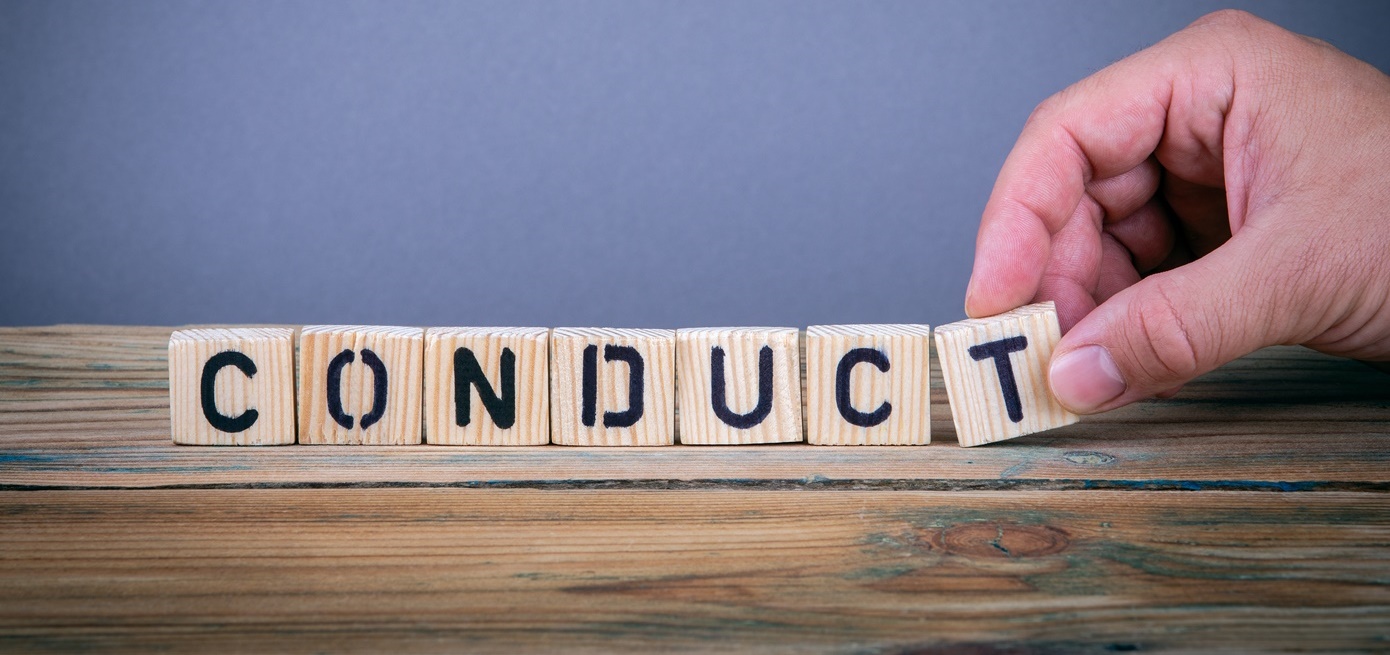Courts have struggled with the question of when competition for business or employees crosses the line into an actionable tort.
By Jamie Maggard, Chris Tillery, and Fritz Riesmeyer
Since claims for interference with contractual and/or economic relations were first recognized over a century ago in cases like Lumley v. Gye, 112 Eng. Rep. 749 (Q.B. 1853), courts have struggled with the question of when competition for business or employees crosses the line into an actionable tort. The first concrete answer was the requirement of “improper conduct” beyond the mere fact of interference itself, which became the “hallmark” of the Second Restatement of Torts in 1979. Since then, courts have had to grapple with a new question: What constitutes “wrongful conduct” to support a claim of interference?
As recently noted by the Utah Supreme Court, a showing of “improper” conduct has become a necessary element of the tort in one form or another in virtually every jurisdiction. C.R. England v. Swift Transportation Company, 437 P.3d 343-348 (Utah 2019) (noting that while some use the phrase “not privileged” or “malicious,” each authority is attempting to identify what conduct is “improper” in the context of the tort of intentional interference with contract). The Second Restatement set forth a list of seven factors to be considered. Restatement (Second) of Torts, § 767. But these factors often proved too vague to provide clear guidance to courts, especially when weighing conduct between competitors in commercial settings. SeeRestatement (Third) of Torts, § 17, Reporter’s Note (b). Nevertheless, according to the drafters of the soon to be published Restatement (Third) of Torts, the evolving case law has finally carved out an answer to this question. See Restatement (Third) of Torts: Liability for Economic Harm §§ 16-17 (Tentative Draft No. 3 – March 7, 2018)
This article was published by the American Bar Association, read on here.

